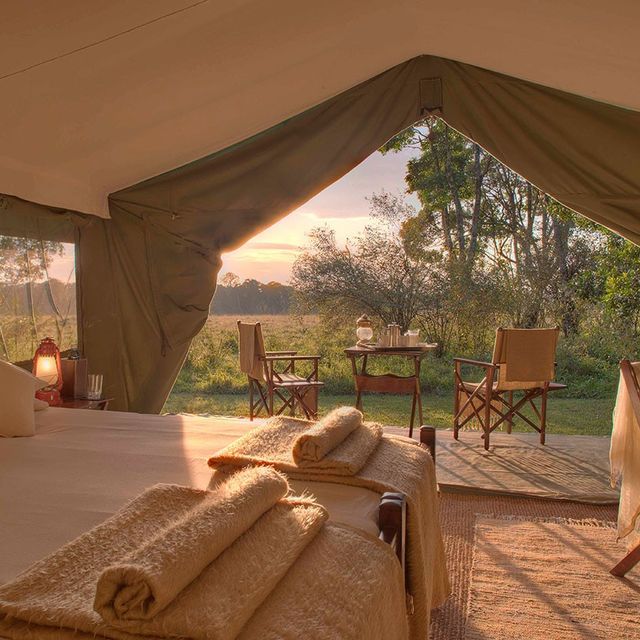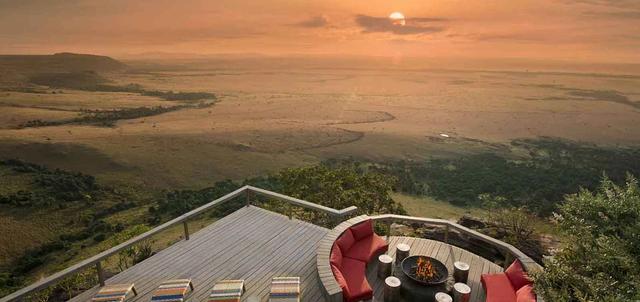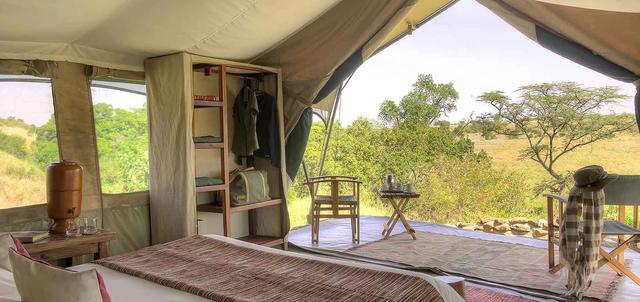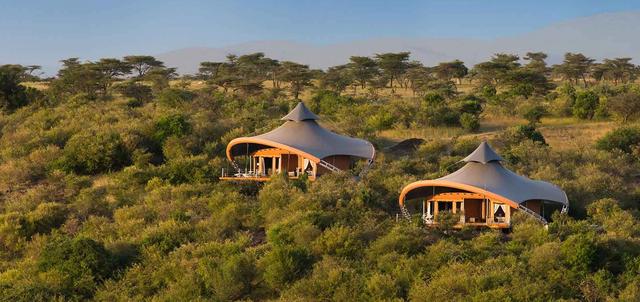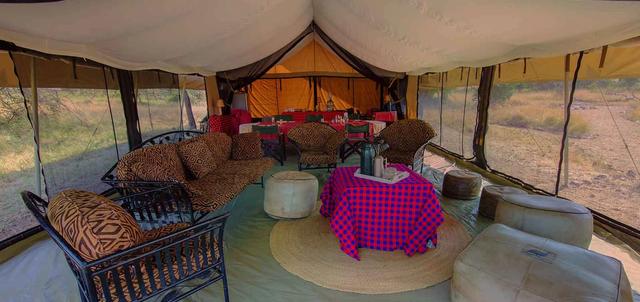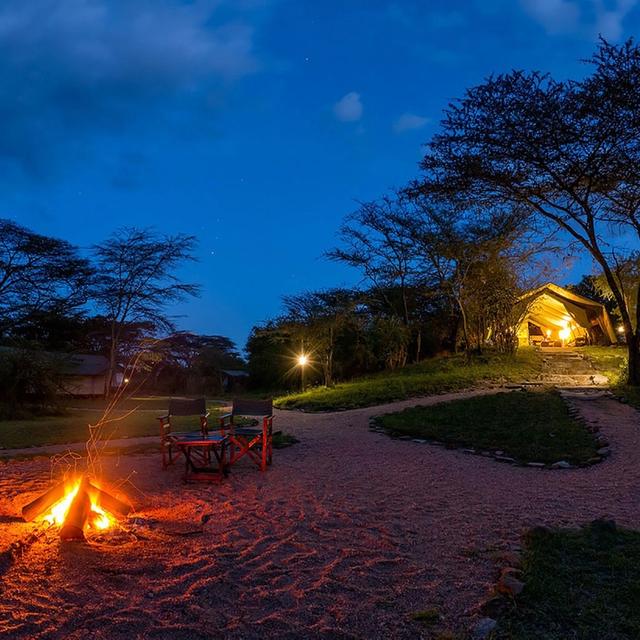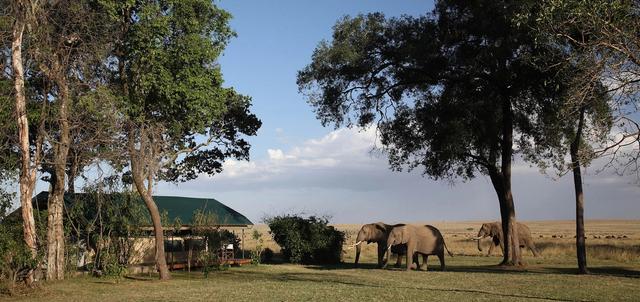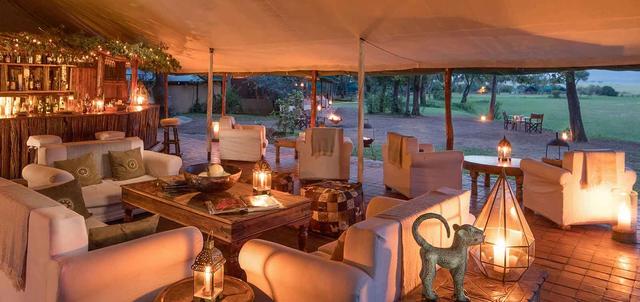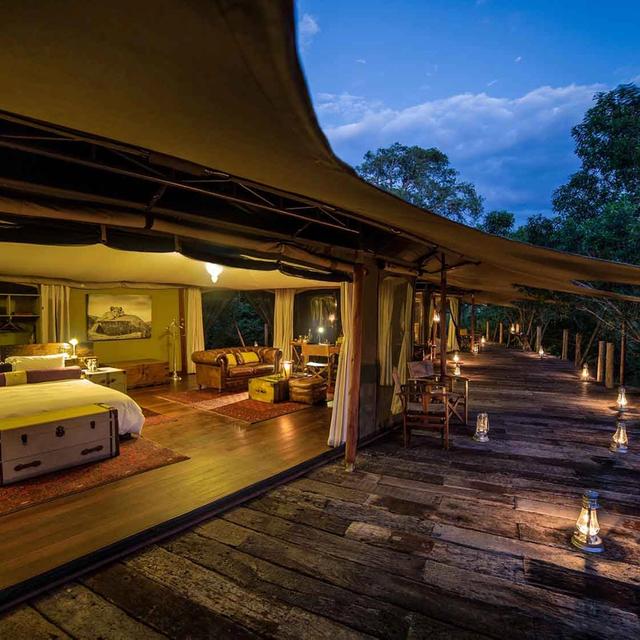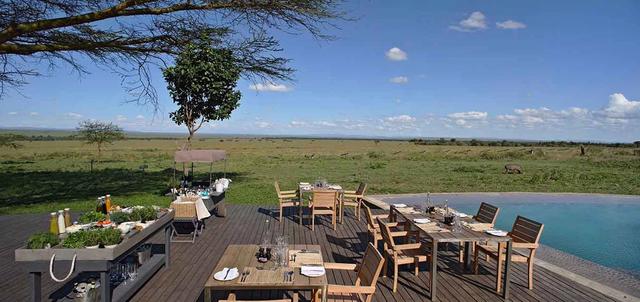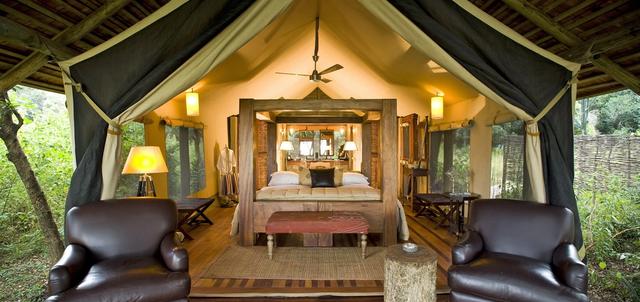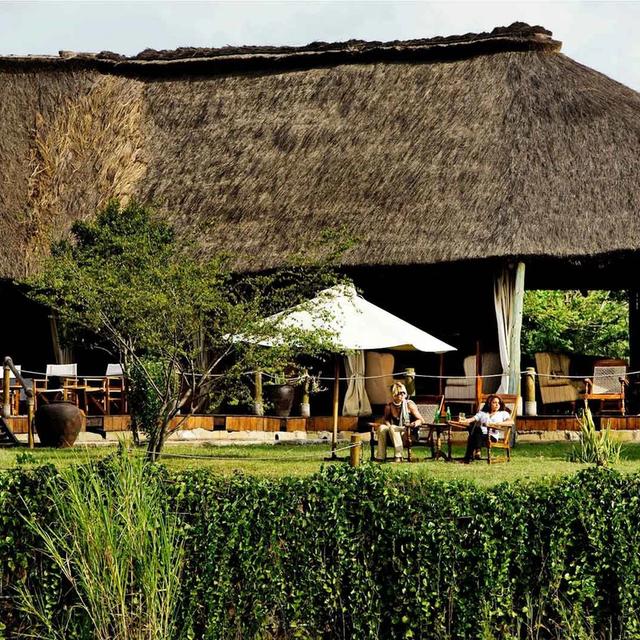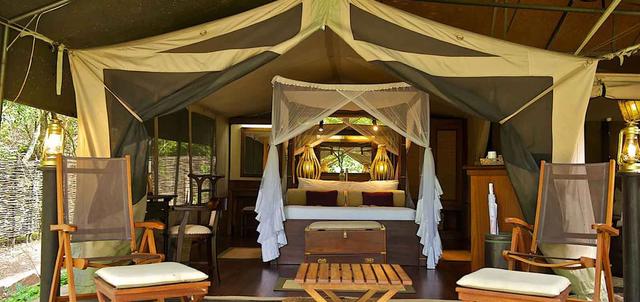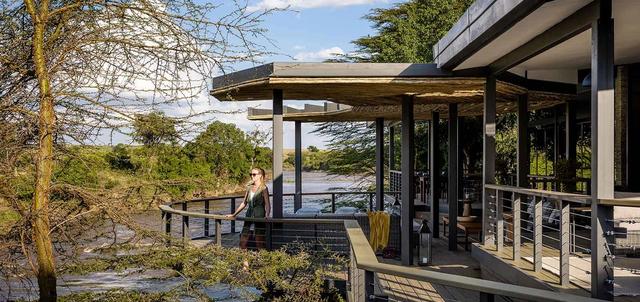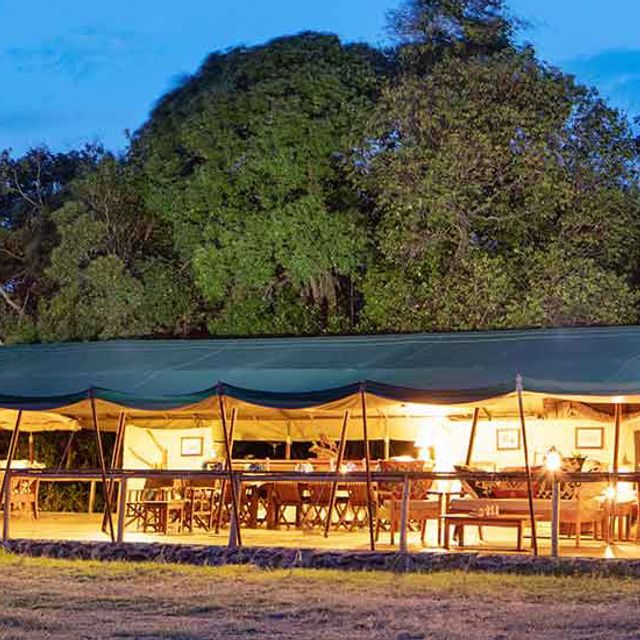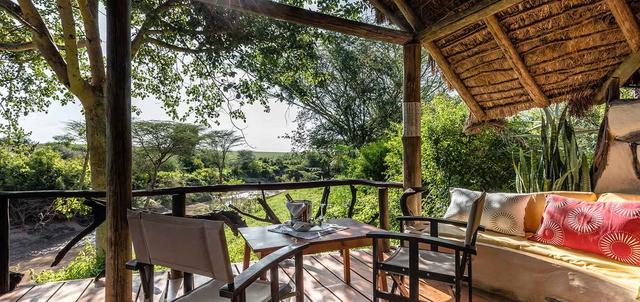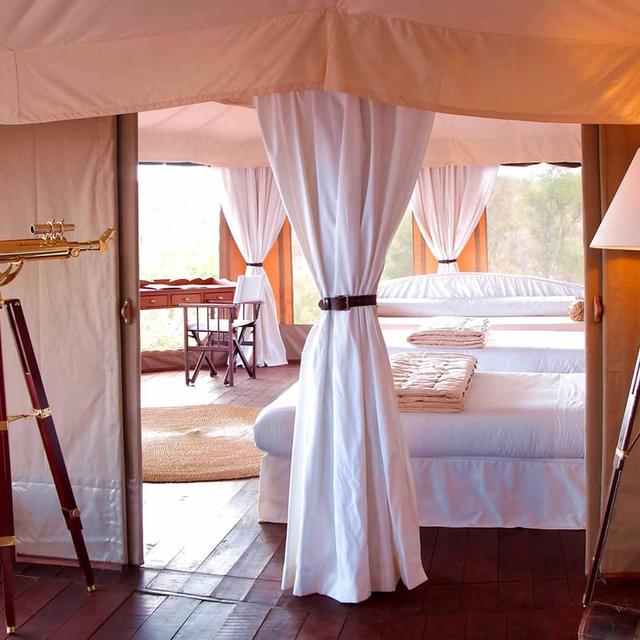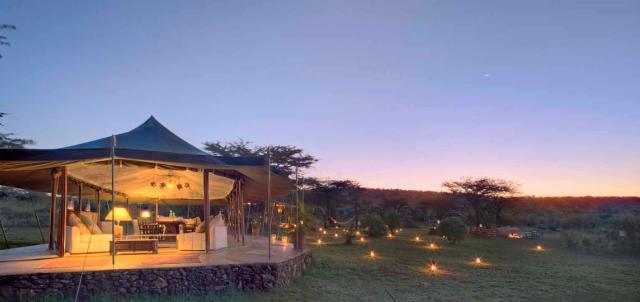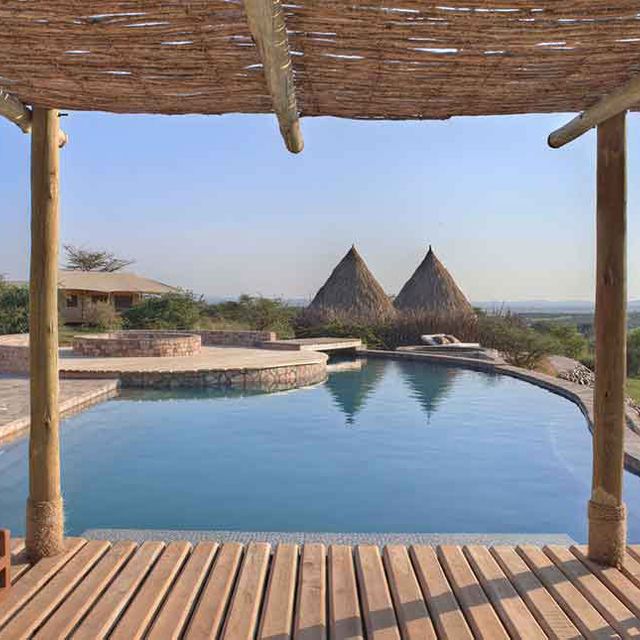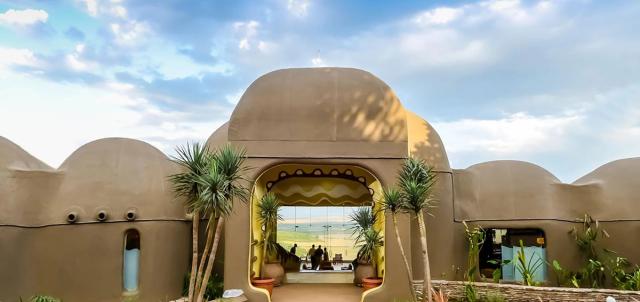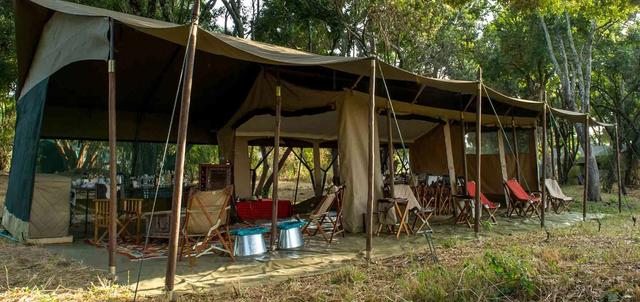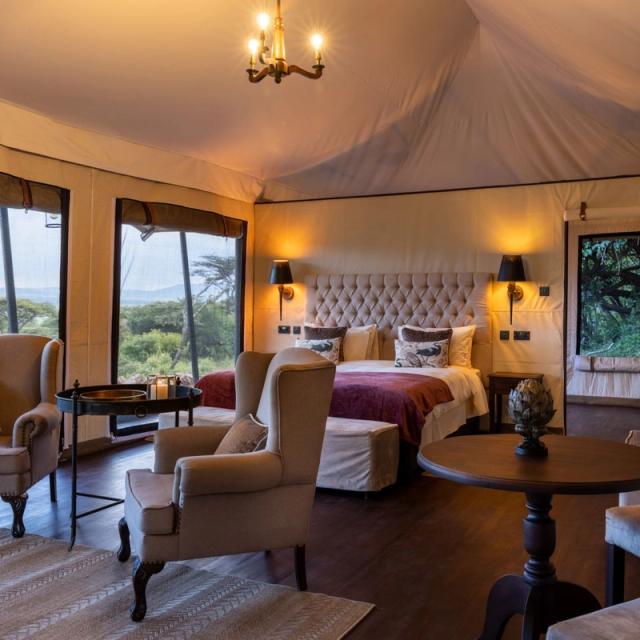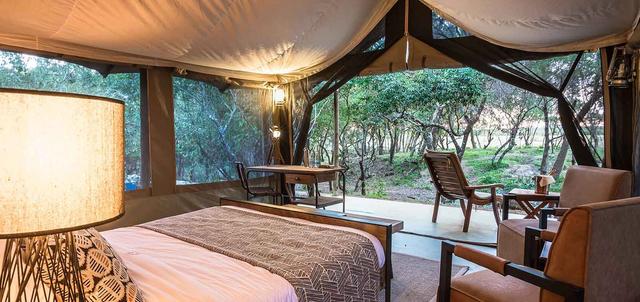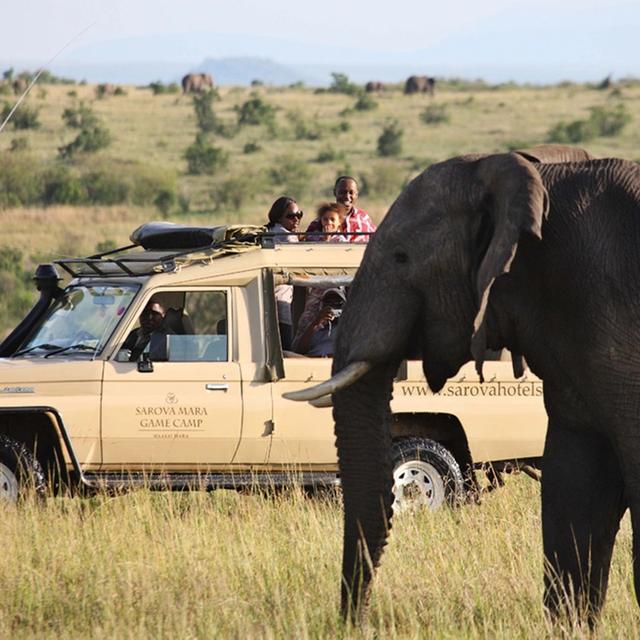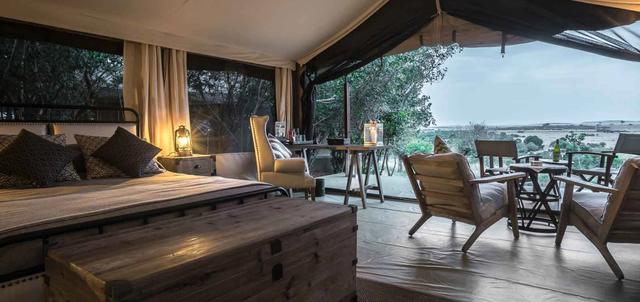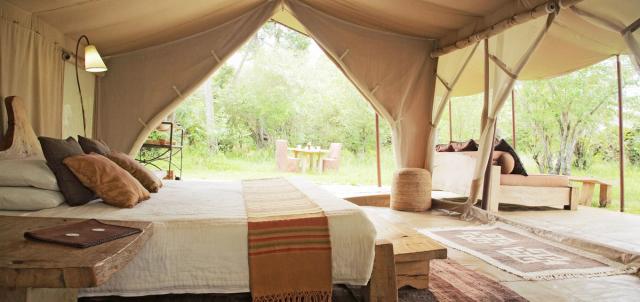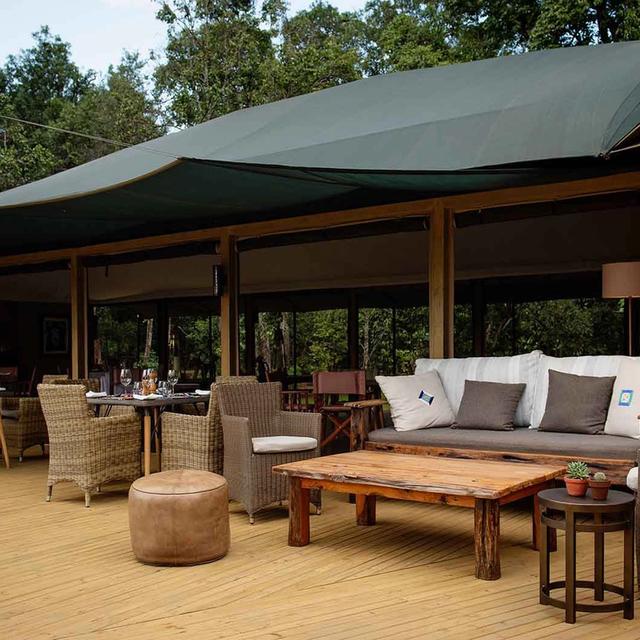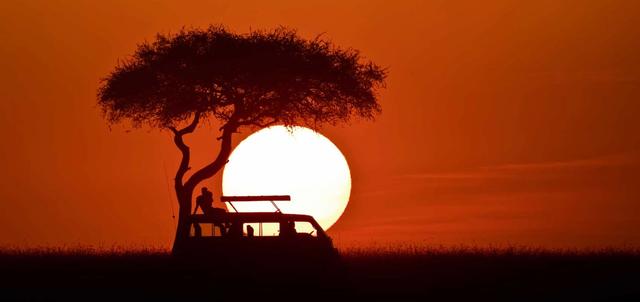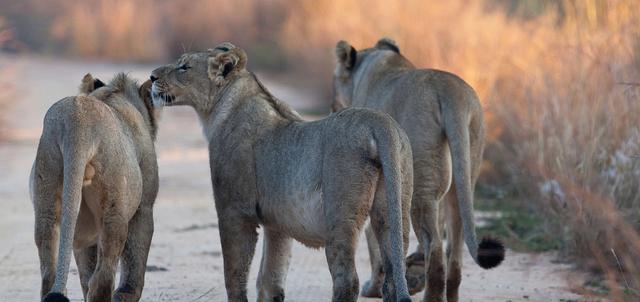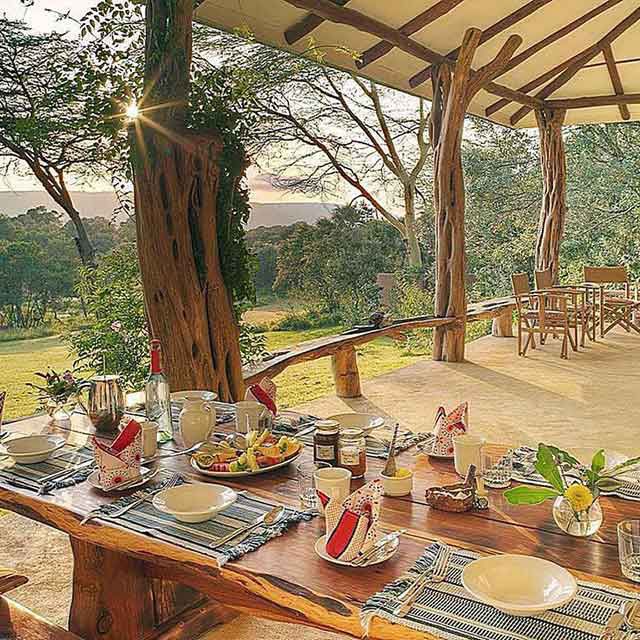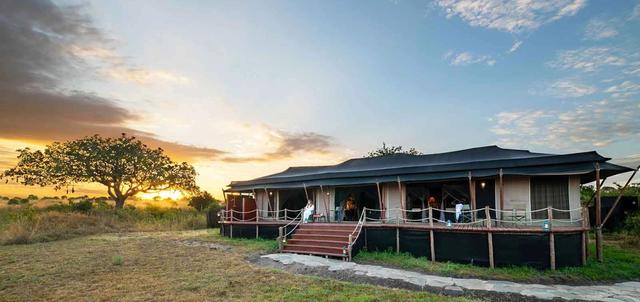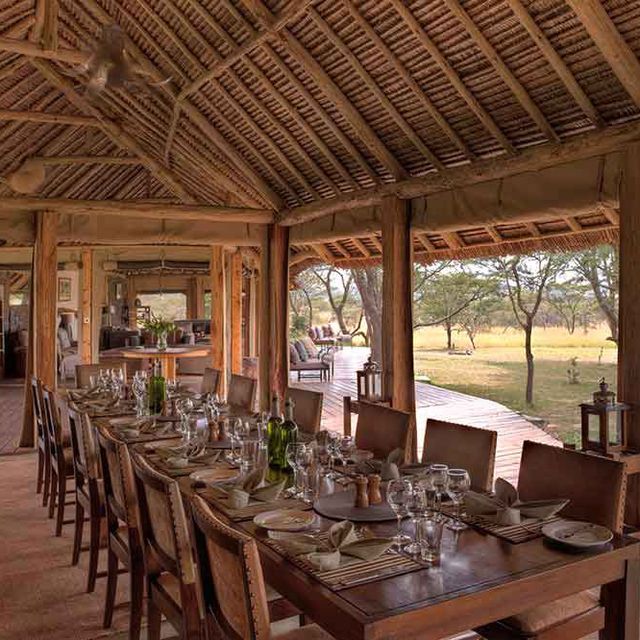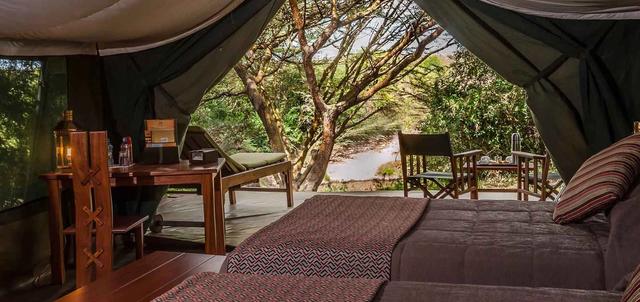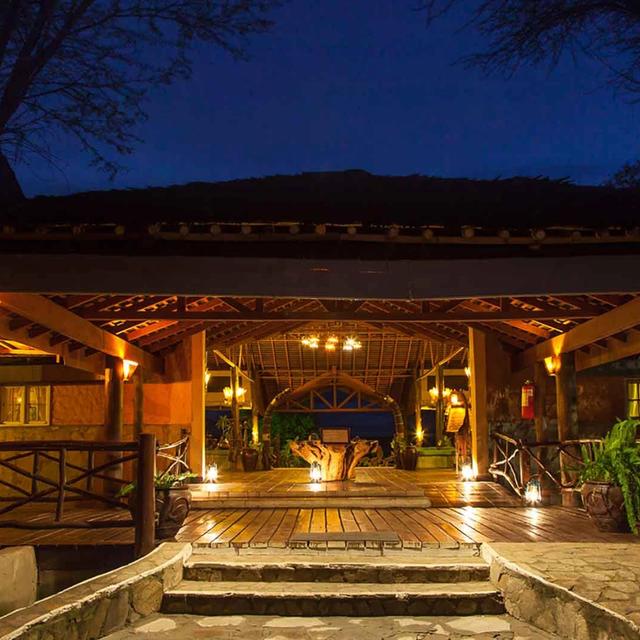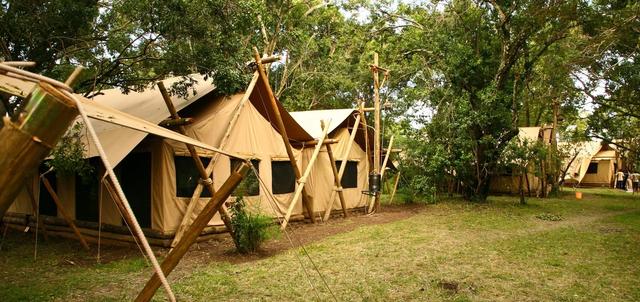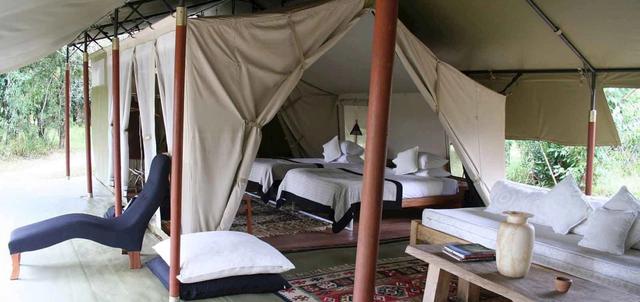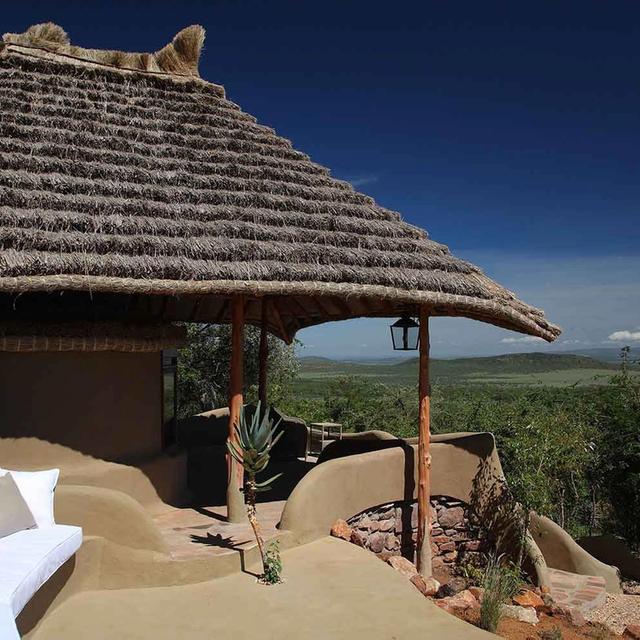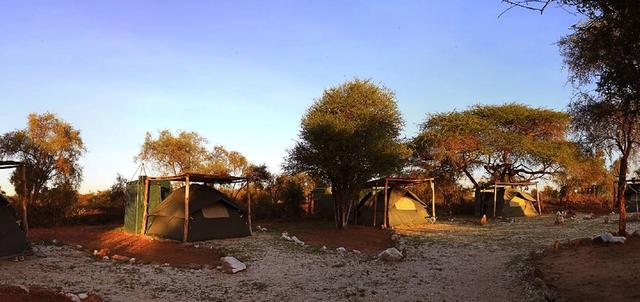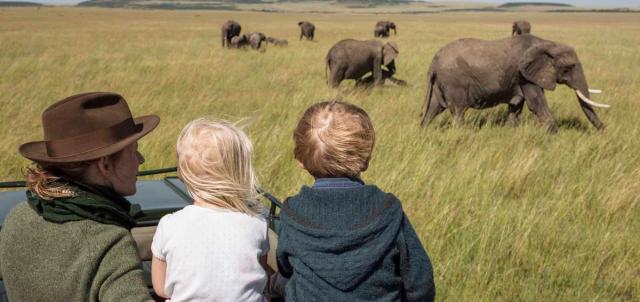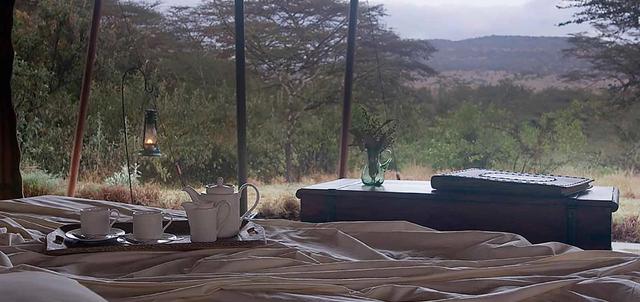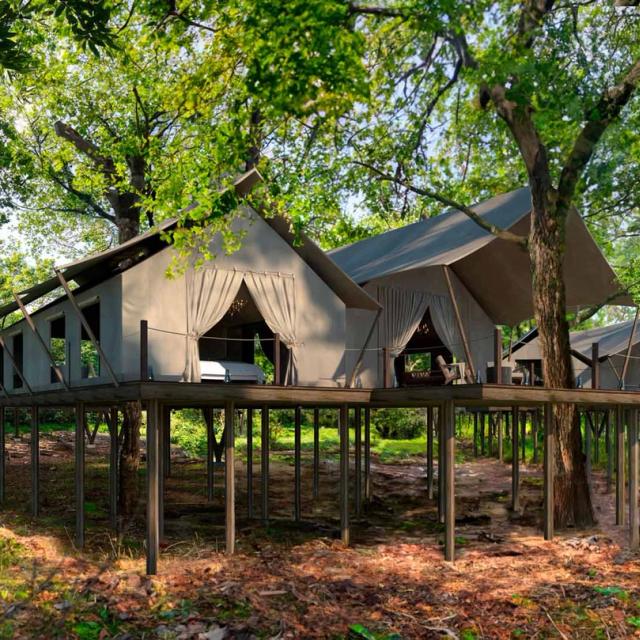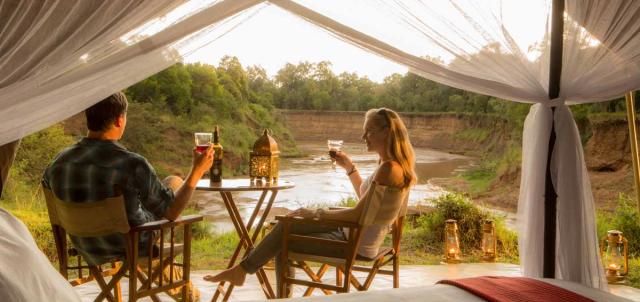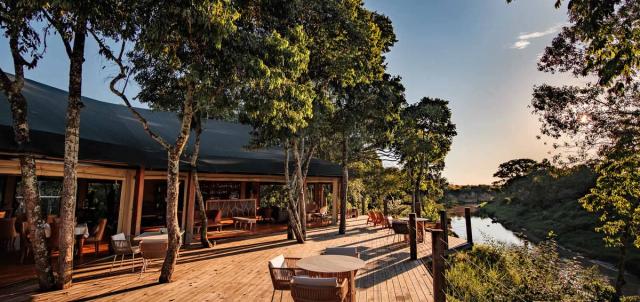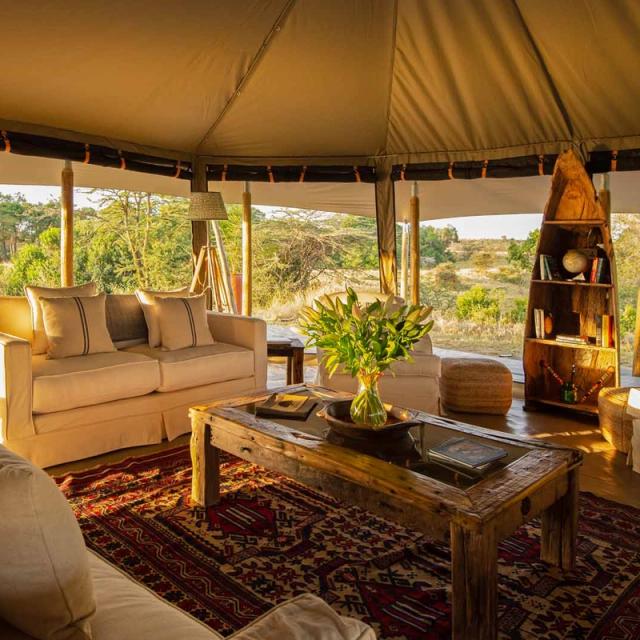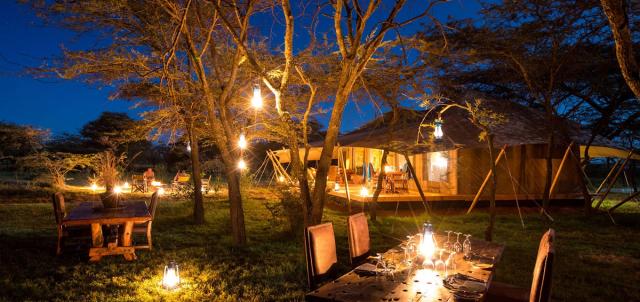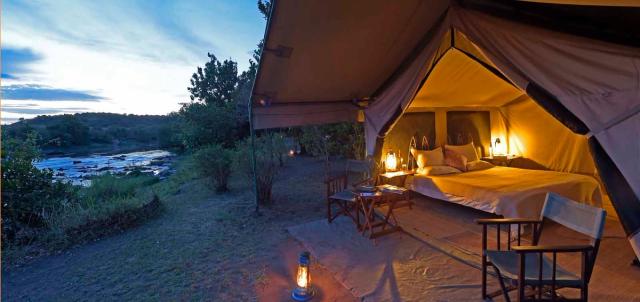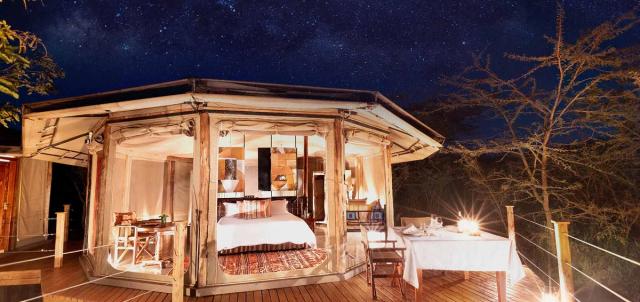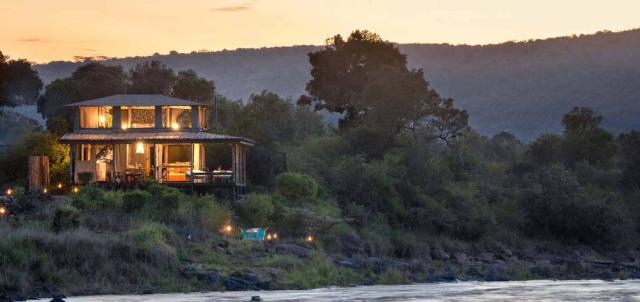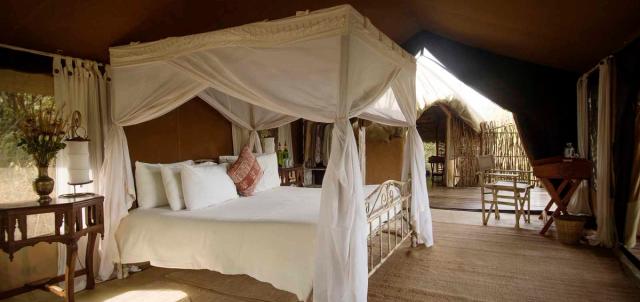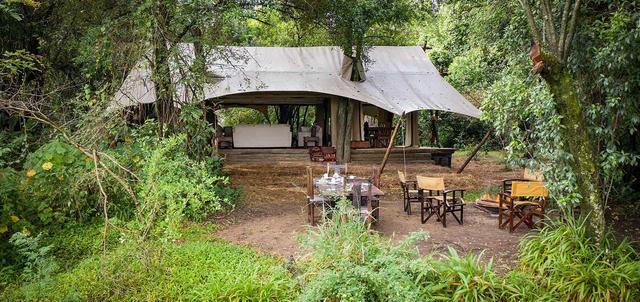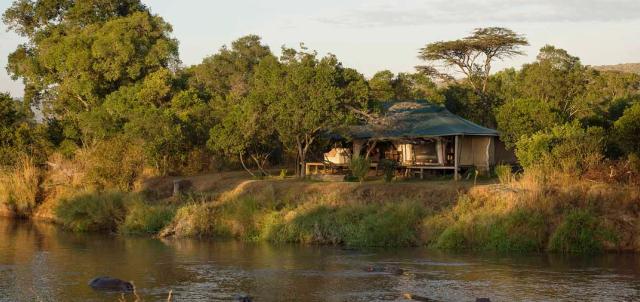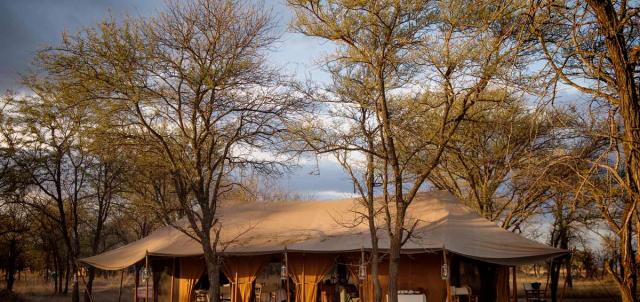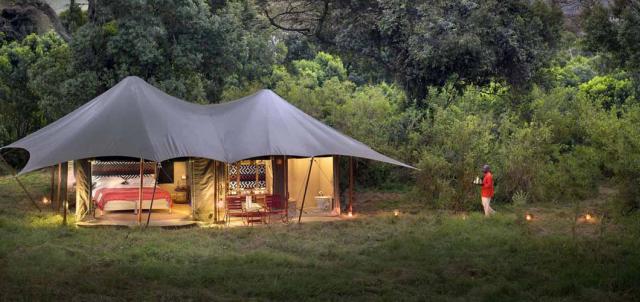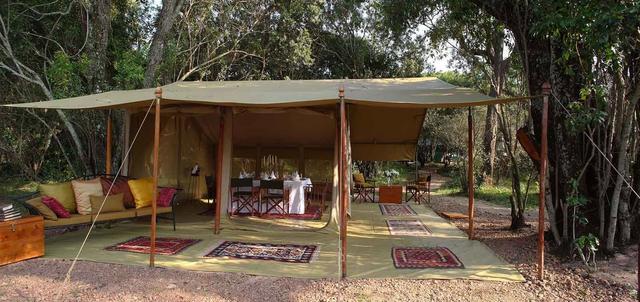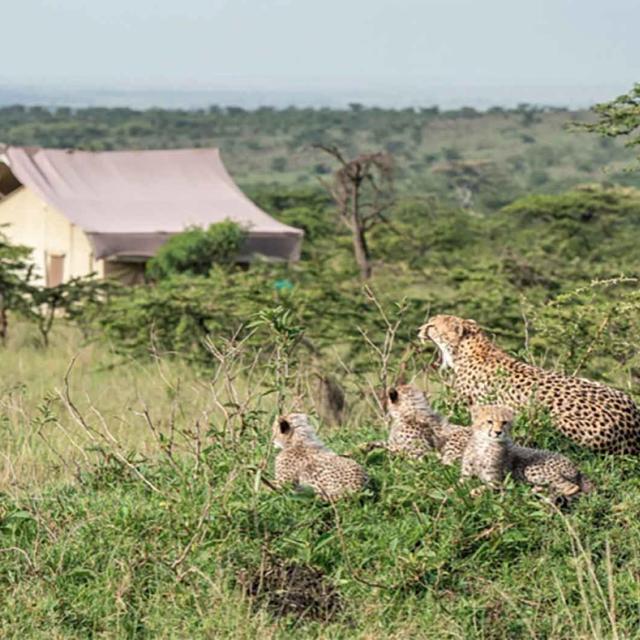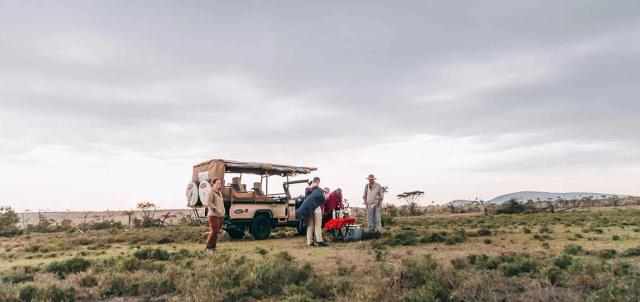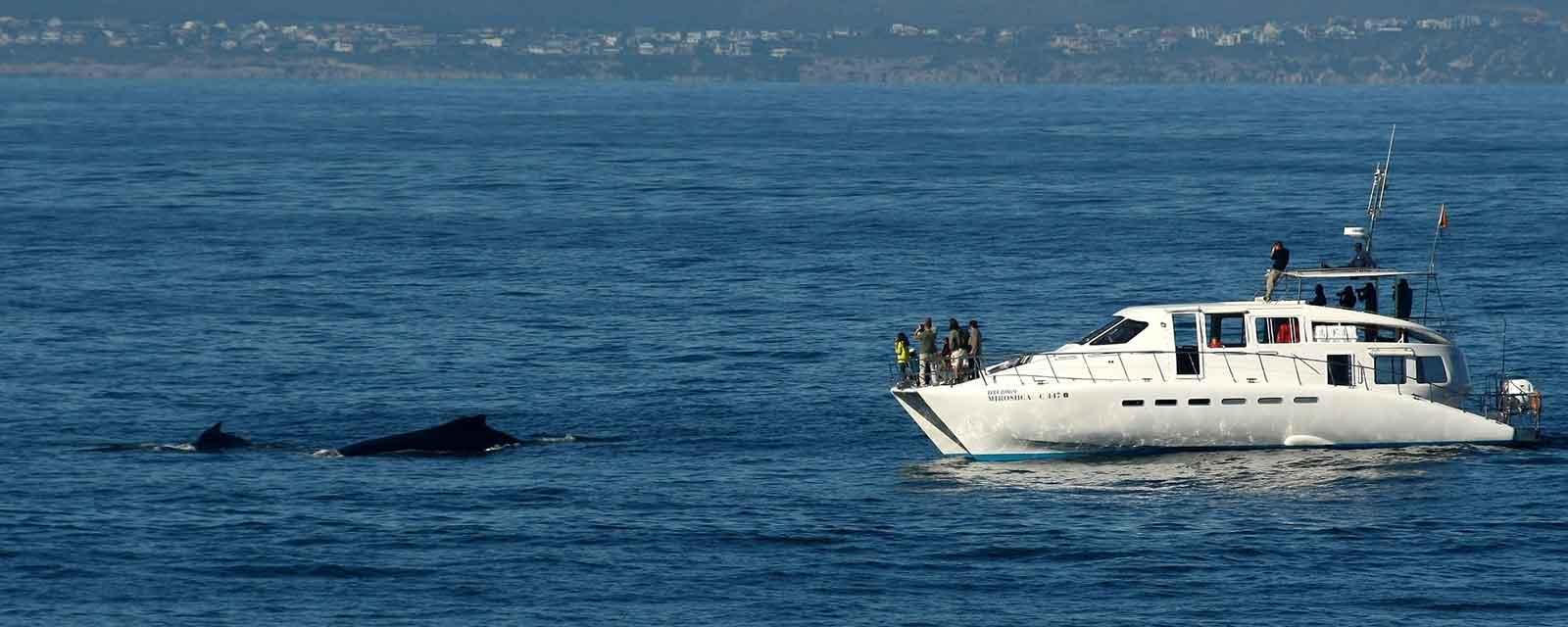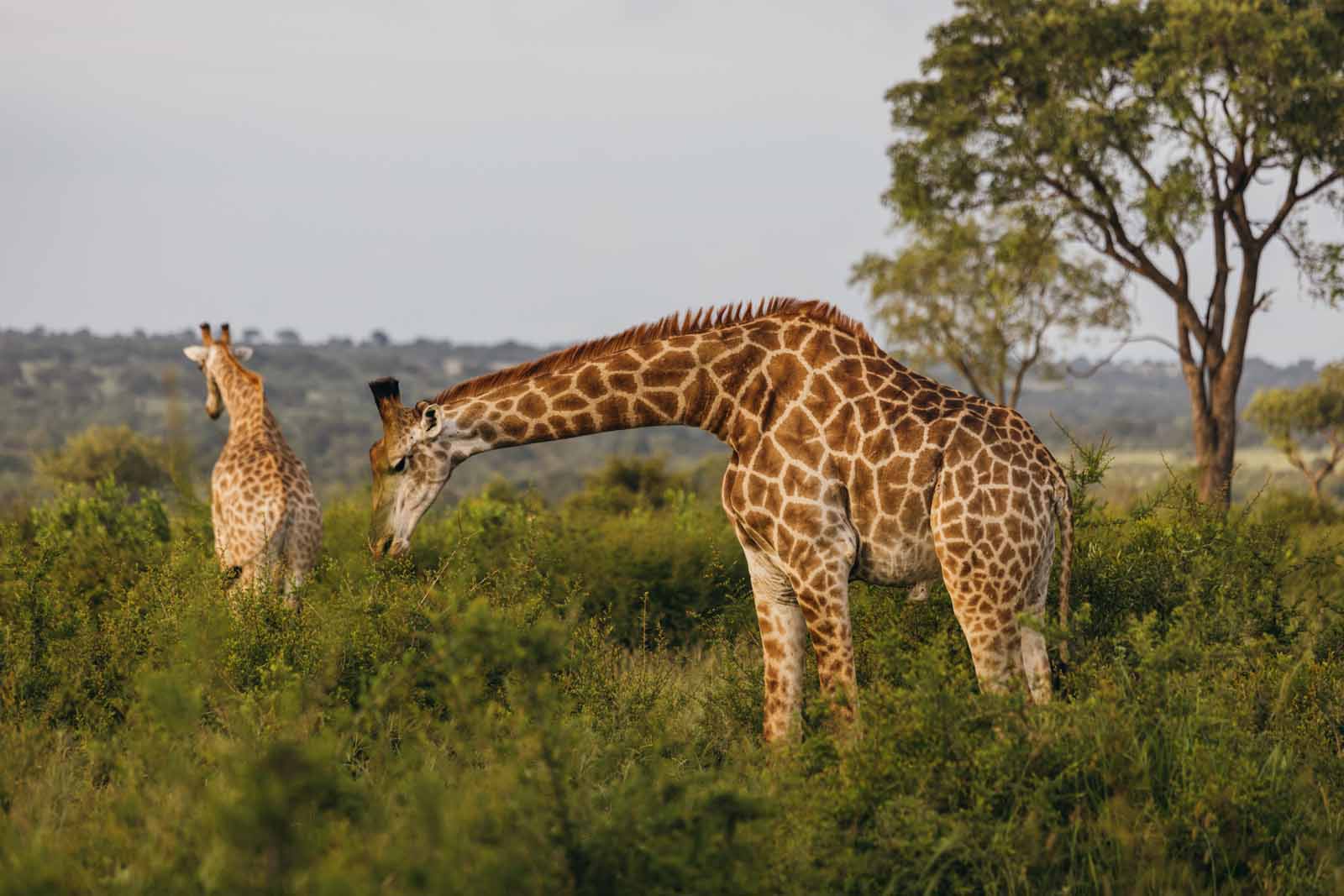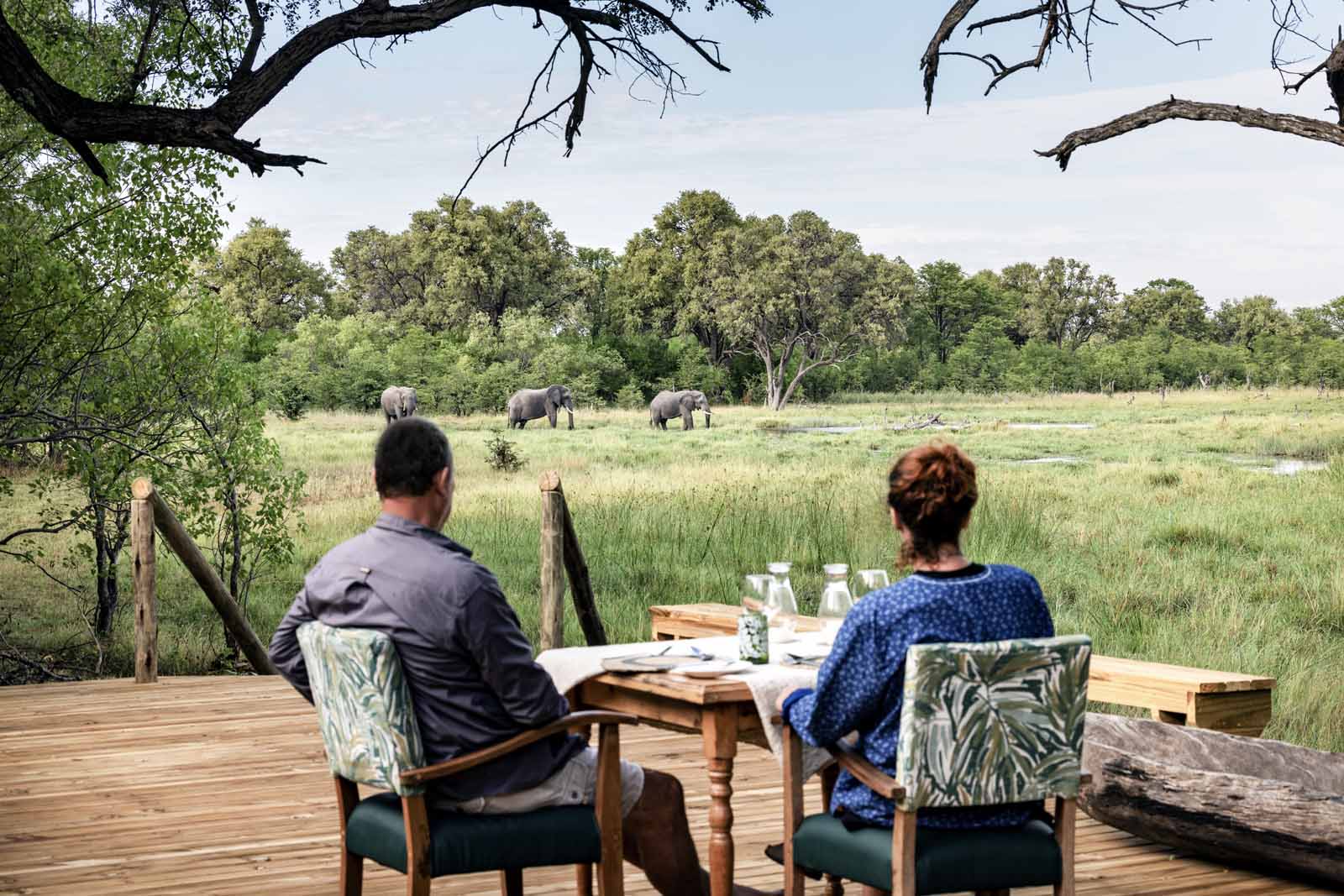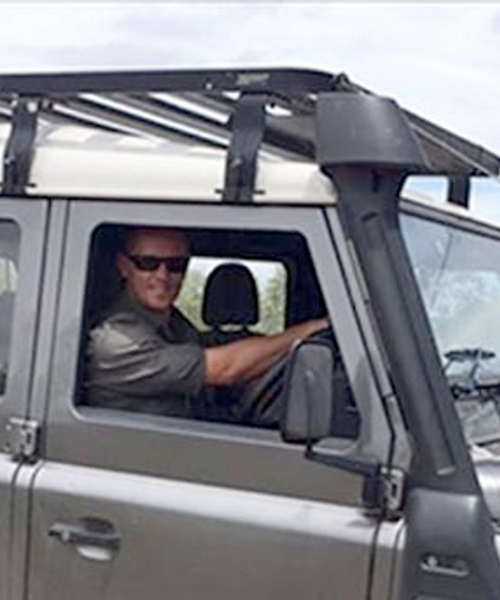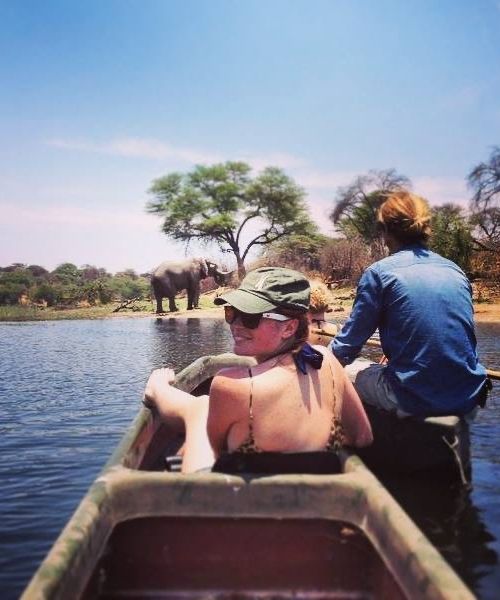
Masai Mara Safari
The Masai Mara forms part of a huge eco-system incorporating the Serengeti and a number of smaller private conservancies. The Masai Mara is Kenya's most well-known National Reserve, famed for being part of the route of the Great Wildebeest Migration.
Masai Mara Highlights
The Masai Mara National Reserve in the south western part of Kenya forms part of the greater eco-system that encompasses the Serengeti National Park in Tanzania. The Masai Mara is named for the Maasai people and the Mara River, which divides it but does not confine wildlife within the reserve's boundaries.
The reserve is famous for its exceptional population of game and the migration of the wildebeest, which occurs here every year between July and October, depending on the arrival of the rains.
There are many private conservancies to the north and east of the Masai Mara where, over centuries, an almost symbiotic relationship has developed between the Maasai people and the wildlife, extending the Masai Mara eco system's size.
Private conservancies were created by local Masai villages and lodge owners, who reached an agreement to lease land and employ the locals, ensuring upliftment in the Masai villages.
The entire area of the park is nestled within the enormous Great Rift Valley. The Masai Mara consists of open savannah, rolling grasslands and undulating hills. The western border is the Esoit Olooloo Escarpment of the Rift Valley, and wildlife tends to be most concentrated here as the swampy ground means that access to water is always good and tourist disruption is minimal. The easternmost border is 224km from Nairobi and hence it is the eastern regions which are most visited.
The Masai Mara is always an amazing safari destination with outstanding wildlife viewing all year round. But at its best during the wildebeest migration, which occurs here between July and October each year.
The park is surrounded by concession areas and tribal lands of the Maasai tribespeople. These are unfenced from the Mara and there can be as much wildlife roaming outside the park as inside so staying in these private concessions can often be just as rewarding.
This area is known for its predator population, particularly lions, hyenas and cheetahs. Cheetahs are severly endangered, and it is quite magnificent to see them take down kills at 110km/h on the Masai plains.
The Mara is probably the best serviced of all Kenyan national parks and reserves with a wide range of accommodation for any budget. The reserve is ideal for game drives, and some lodges and camps offer walking and balloon safaris.
The Masai Mara is hugely popular (particularly the eastern region, due to its close proximity to Nairobi), as guests flock to see the Great Wildebeest Migration in action. We recommend the following camps in order for guests to enjoy their safari at any time of year:
Kicheche Mara Camp is a traditional safari camp situated in a remote corner of the Mara North Conservancy. Authentic with a touch of luxury, this camp offers a relaxed and intimate atmosphere. In the predator rich Olare Motorogi Conservancy is Porini Lion Camp , a back to basics camp with phenomenal game viewing. Elephant Pepper Camp offers an intimate luxury safari experience, with tents nestled in a forest.
Within the reserve there are many hotels and some amazing private camps. We recommend Sand River Camp , in one of the first ares to see the migration herds cross into the Masai Mara and Mara Intrepids Camp in a central location within the reserve, close to the Talek River. Governors Camp on the Mara River offers an excellent comfortable safari experience.
For an exclusive and more private safari experience Governors' Il Moran Camp offers a luxury camp on the western border n the banks of the Mara River, with fantastic game viewing at their doorstep. Mahazli Mzuri in the Olare Motorogi Conservancy offers a uniquely luxurious safari experience.
We also listed a few camps that are perfectly positioned to view the migration herds as they cross over into the Masai Mara.
How to Get There
Guests travelling to Kenya and the Masai Mara will opt for either a ‘fly-in’ or a ‘drive’ safari, which will determine whether they make use of air or road transfers to get to their destination.
All guests will enter Kenya at Jomo Kenyatta International Airport in Nairobi, the capital city. This airport is the travel portal for Kenya with many international airlines flying in. Guests will transfer to Wilson airport for domestic flights, which is 18km away, to start their Kenyan safari.
Depending on the safari destination, guests will either connect with a charter flight from Wilson to the reserve, or they will embark on a road journey from Nairobi to the reserve.
The Masai Mara is a 4-5 hour drive from Nairobi, or a short 45 minute flight via light air transfer. There are many airstrips through out the private conservancies and main Masai Mara reserve. Guests will land at the one closest to their lodge where they be collected by hosts and driven the last leg to their booked accommodation.
Masai Mara Game Viewing and Activities
The plains between the Mara River and the Esoit Oloololo Escarpment are probably the best areas for game viewing, particularly for lion and cheetah. Thomson's and Grant's gazelle, impala, zebra, buffalo, hippo, crocodile, warthog and giraffe are easily spotted on game drives. The Masai Mara is said to have the largest population of lion in Kenya, while large herds of elephants are often found browsing among the rich tree-studded grasslands.
The Mara river traverses north to south heading for its westbound way unto Lake Victoria. It is on the banks of the Mara River that the migratory herds of wildebeest and zebra make their mass crossing. Watch the dramatic spectacle of nature unfold as the animals are driven by their primal instinct to cross the rushing waters of the crocodile-infested river to graze the rich grasslands of the northern Masai Mara
Over 450 species of birdlife have been identified in the park, including 53 species of birds of prey. The Masai Mara is a National Reserve, not a National Park, which means it is held in trust for the people and managed by the local councils as apposed to the Kenya Wildlife Service.
